Friends, meet Samus Aran. She got the band back together.

With Ridley-X defeated, Samus is basically back at full fighting strength — the one absence from her arsenal of goodies being the Ice Beam, which remains somehow impossible for her to use because… metroids? Science? It’s never really explained, since she can use ice-powered missiles that send a freezing ripple through the air, and she gained the ability to absorb ice parasites a while back, so who knows.
In any case, this is the point at which the entire station opens up to you. The last barrier blocks — the ones that comprise massive chunks of wall throughout the station — fall before the Screw Attack, opening up a number of hidden areas and creating helpful links between different zones.
At this point, you might think back to previous games an assume you have a few final objectives or new areas to explore, but….
…instead, Metroid Fusion pulls its biggest dick move ever.
To put it in Ranma 1/2 fanfiction terms: “ADAM NO BAKA!”
Once you have the Screw Attack and enter a Navigation Room, Adam locks you out of everything but the final area. Now that you have the ability to traverse the entire station, you’re no longer allowed to do so. If you, perhaps, find yourself lacking in Energy Tanks and other power-ups and would like to buff up before the final set of encounters, you’re outta luck. Adam performs one last “would you kindly” and strong-arms you to the station’s central control area.
The solution, of course, is simply not to talk to Adam once you have the Screw Attack until you’re satisfied you’ve collected everything there is to find. That’s what the huge swaths of Screw Attack blocks are for: They create links between the various zones so you don’t need to use the main elevators, which require you to pass through Navigation Rooms.
So, the Fusion team hath provided… but not in a very obvious fashion. If you don’t know the shutout is coming, it’s entirely possible to blithely chat with Adam and save your locked-out state, erasing your pre-Adam-chat save file and permanently locking Samus into whichever status she might happen to have immediately after conquering Ridley. Good luck beating the final boss with only half the maximum health tanks, newcomer!
You can work your way through the entire station to collect all manner of power-ups, and there are plenty to find. Fusion‘s map designers went the extra mile to create a puzzle-like environment here; it contains a huge number of items to collect, many within esoteric areas that don’t appear on the map. You need to sleuth them out for yourself. (Or you can use a guide, but that seems a bit contrary to the spirit of the thing.)
The final areas contain really vexing puzzles like this one: It’s packed with disintegrating and pass-through blocks, and if you detonate a Power Bomb to figure out which bl0cks can’t be trusted, a rising barrier emerges and walls off the Energy Tank. You can leave the room to reset the barrier, but it’s a real, “Yes, we know your little tricks,” moment from the designers.
You’ll also find some absolutely insane shinespark puzzles that require either meticulous timing or profound good luck.
Samus may come across these odd bubbles along the way, depending on which path you take. They look for all the world like molted metroid shells from Metroid II. But that’s strange! Didn’t you detonate all the metroids in the security zone?
Eventually, though, you need to say “enough’s enough” and trek to the end game. No special Tourian Zone this time, though.
Instead, Adam accedes to Samus’ concerns that the X parasite cannot be harnessed as a bioweapon and that it would destroy all life in the galaxy if the Federation were given the opportunity to collect specimens and attempt to engineer them. So he gives Samus a path to the control room in order to bring the station closer to the planet and evaporate both the station and all life on SR-388. Samus is racking up quite the kill count.
No points, however, for guessing that the control center is locked down once you arrive. A familiar explosion sounds out…
…and the SA-X appears again. Well, an SA-X. There are a bunch of them now.
There’s no running or hiding here, as this is the final showdown. But that’s OK, because the game has clearly been building up to this. Every encounter with and appearance of the SA-X to date has been progressively lengthier and more difficult; meanwhile, Samus as continued to grow in power and skill. At this point, the two versions of Samus are pretty evenly matched.
They’re so evenly matched, in fact, that if they both collide while performing a Screw Attack, they’ll both take damage. This is not a very smart way to win the battle, however, as the SA-X can outlast Samus in a head-butting contest.
The SA-X is fairly easy to lure into a pattern, but it seems almost a necessity to do so. Samus versus her more powerful self is a devastatingly difficult battle otherwise, and despite all the upgrades collected throughout the course of the game, the SA-X nevertheless has the upper hand. The theme of Samus as having been badly weakened by her brush with the X has run throughout the game, and the constant hand-holding and admonitions from Adam — not to mention the numerous hopeless run-ins with SA-X throughout the game — have made the message clear: This is the roughest fight in the game. And if you don’t play smart, it really can be. The SA-X moves quickly, is constantly on the attack, creates a tiny target, and hits hard. If Fusion truly is the ultimate point on the Metroid timeline, this isn’t a bad culmination of the tale: Samus has destroyed pretty much every other powerful force in the galaxy, so she might as well wind things up be destroying the most powerful, i.e. herself.
Once Samus deals enough damage, the weakened SA-X drops to one knee — exactly as Samus did at the end of Super Metroid, further reinforcing the notion that SA-X has duplicated Samus in her prime.
Unlike at the end of Super Metroid, however, the defeated SA-X loses its physical cohesion and metamorphoses into a gruesome chimaera that appears to be both an effigy of Samus — note the visor and abdominal coloration — and a fusion of many of the game’s bosses. This second phase plays out a lot like the second Dracula form in Castlevania, with the chimaera leaping high into the air and crashing to the ground in an attempt to crush Samus. This is a mercifully easy conflict, though it does help further underscore the idea of metroidvania.
Eventually, the SA-X degenerates to a Core-X, which is no more or less difficult than the previous cores you’ve encounters. You have ample space in this chamber with which to evade it, so it amounts to a pleasant denouement to Samus’ ultimate battle.
You can’t absorb the SA-X, however — when you try to snatch the exposed Core-X, it darts off-screen and vanishes.
Still, this leaves Samus free to nuke the station, and also an entire planet. Yes, it’s another countdown, a rush to the docking bay.
Unlike the usual escape sequence, there’s nothing tricky about this one. It’s a brisk run downhill, with no enemies and no complicated platforming to worry about. Although the passage immediately preceding the docking bay seems a bit messed up…
Inside the bay, Samus’ ship is missing — shades, unsurprisingly, of the absent landing craft in Aliens — replaced instead by a badly damaged bay and an absolutely massive metroid husk. One big enough to have belonged to THE BABY THE BABY THE BABY
But actually just a random metroid that escaped the security quarantine and molted to Omega status, no big deal.
It’s also completely impervious to Samus’ attacks.
The Omega slowly advances toward you, shrugging off your attacks and generally being a lot more menacing than the ones you wasted so effortlessly in Metroid II.
Once cornered, Samus can do nothing but absorb a single, massive swipe of the Omega’s claws, which reduce her to a single hit point and leave her gasping for breath on one knee.
When, out of nowhere, the defeated SA-X appears and begins blasting the Omega, legitimately inflicting damage with nothing but its standard blaster.
But, since you previously kicked the SA-X’s butt, it proves to be no match for the Omega, which slashes the parasite and causes it to lose physical cohesion again.
Hmm, this all seems pretty familiar….
At this point, Samus acquires the final Core-X at last, and gains a considerable health upgrade as well as a new physical form. According to Yoshio Sakamoto, merging with the SA-X brought Samus back to her original biological state — which in gameplay terms means you now have an integral Ice Beam, which allows Samus to damage the Omega.
While this entire sequence is more than just a bit reminiscent of Super Metroid‘s climax, it also creates an interesting contrast. Samus’ ultimate power-up in Super Metroid made her an unstoppable destroyer; her ultimate power-up here simply reverts her to the state she was in before gaining the super metroid’s Hyper Beam. This has been a journey not of gaining new powers but rather of simply recovering from a tremendous weakening. Samus at the beginning of Fusion was honestly even weaker than she had been at the beginning of the original Metroid; now she’s in prime fighting form, capable of holding her own against a final boss that was a step below Metroid II‘s endboss.
Eventually, the Omega goes down, and Bishop — I mean, Adam — zooms in and collects Samus with her gunship.
The game ends with a classic colony drop…
…and Samus hits warp drive before the Genesis wave hits.
And that’s the story’s finale. Not just for Fusion, but for Metroid as a saga for the foreseeable future. Zebes is gone; SR-388 is gone; the metroids are gone; the X are gone; and the Federation is not so happy with Samus.
Samus has an annoying new crew member…
…but on the other hand, the story comes full circle as the critters you (optionally) rescued during Super Metroid‘s escape sequence repay the favor.
On the whole, Fusion serves as a pretty decent final chapter of the Metroid saga. No, it’s not perfect, and as a whole it would be far more enjoyable if the designers had had more confidence in their work and their audience and spent less time guiding you through the station. While the back half of the adventure opened up considerably — or at least offered the illusion of freedom, anyway — it didn’t quite go far enough. And the arbitrary, untelegraphed lockout at the end of the game was some real amateur hour stuff.
Nevertheless, Fusion does a great many things well. It’s not as timeless and seemingly effortless a masterpiece as Super Metroid, but I think the team was smart to try a different tack with this game rather than simply trying to outdo the classic Super NES game on its own terms. I don’t agree with all their choices, necessarily, but for the most part they pulled it off and gave Fusion its own identity. And most importantly for the purposes of this particular project, the game’s creators still managed to insert lots of subtle storytelling and design ideas into Fusion despite Adam’s pedantry.
I would still love to know what Metroid Dread was meant to be, how Sakamoto intended to follow up on Fusion’s design and story twists. But that never worked out, and for now, this is well and truly…
THE END
Well, except for one other game that doesn’t really advance the story but brings together the sum total of the Metroid series into one perfect classic sendoff. I suppose we should look at that one, too.



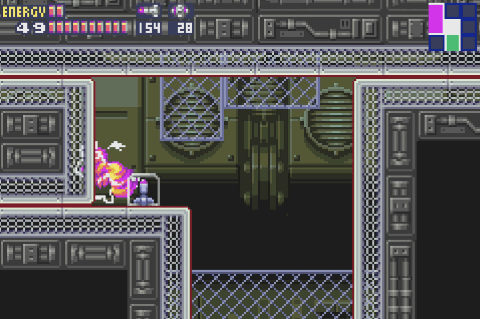
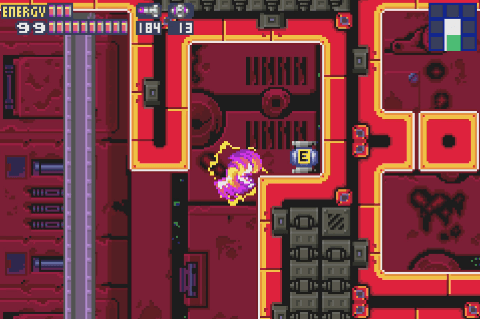

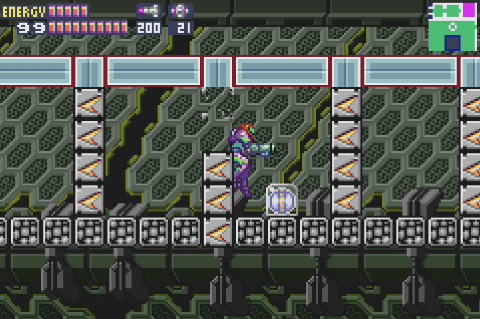



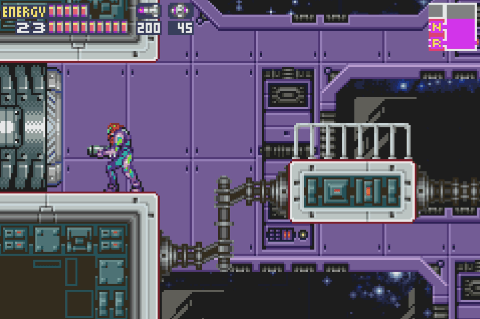
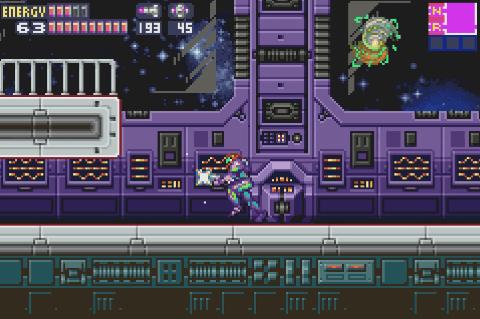
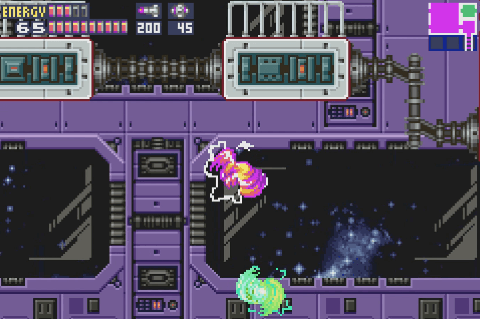

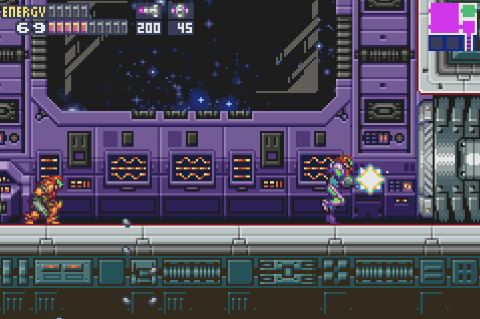
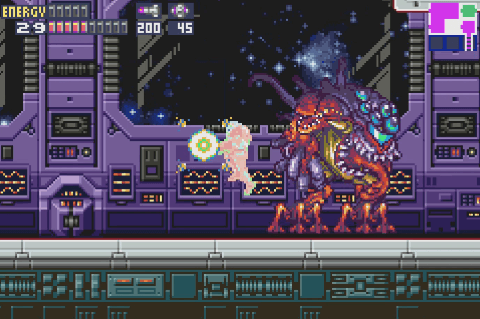
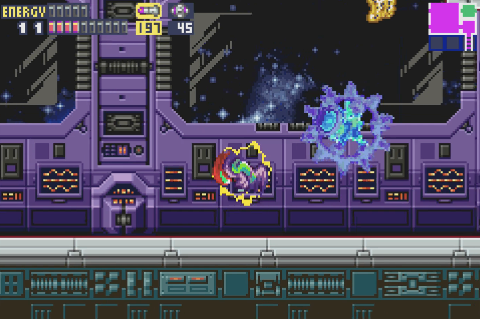

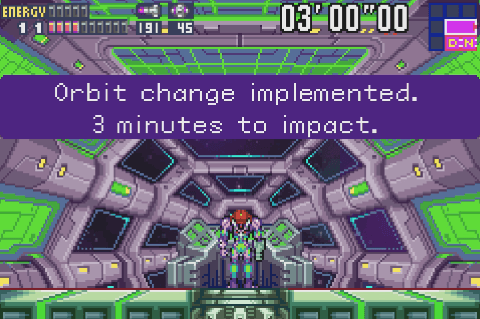

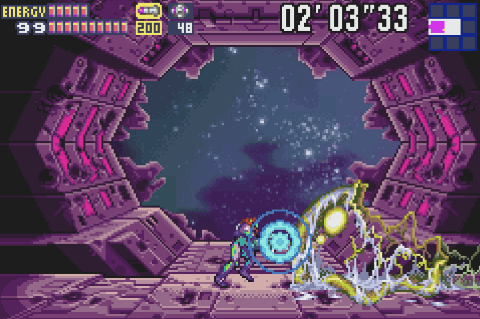
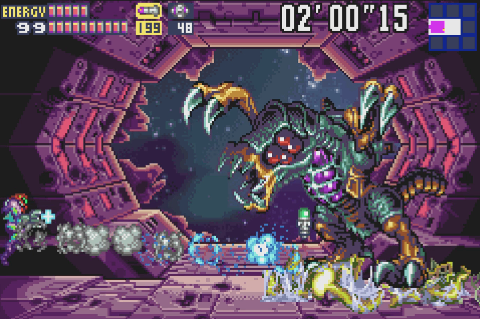
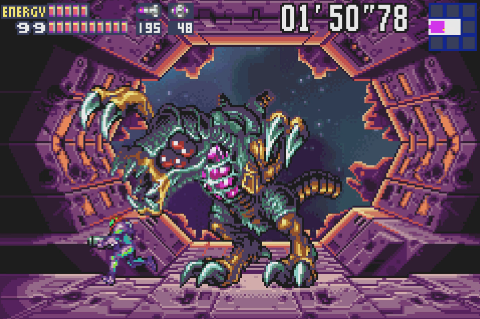

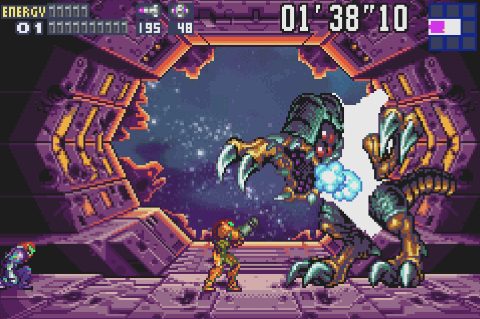
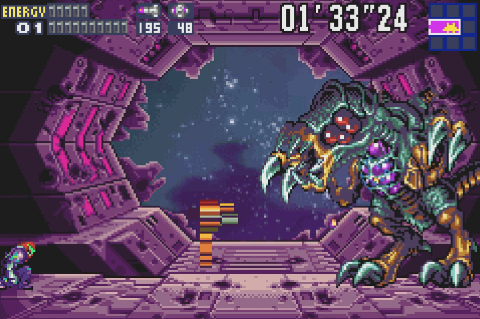
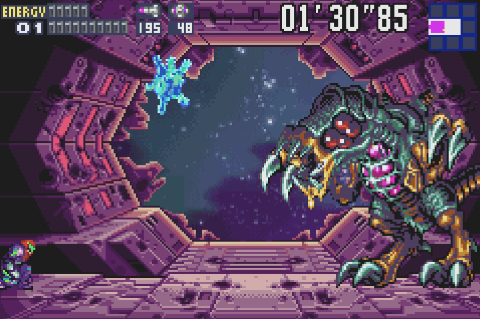



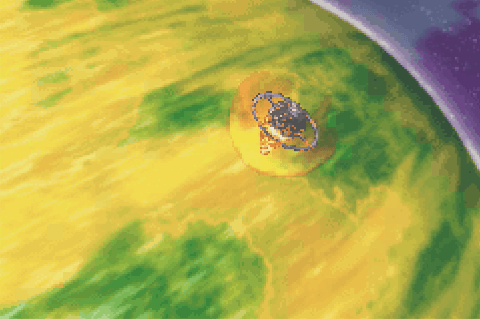

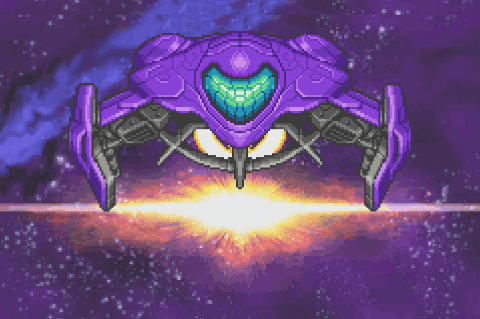
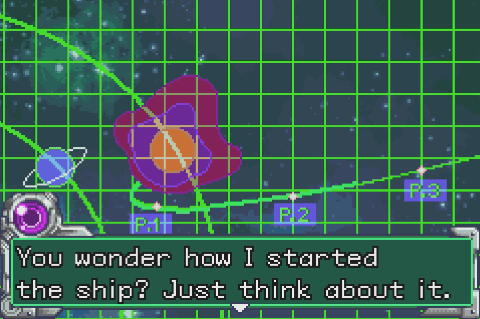
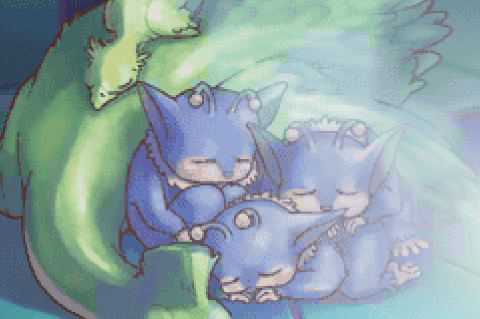
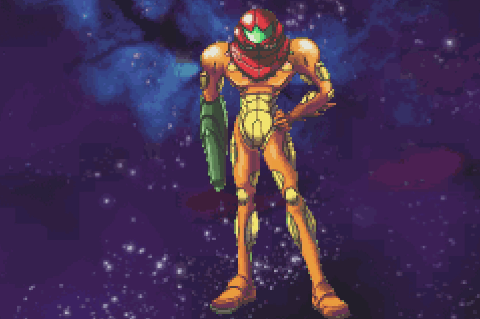

“Well, except for one other game that doesn’t really advance the story but brings together the sum total of the Metroid series into one perfect classic sendoff.”
High praise for Metroid Prime Pinball.
I was actually talking about Federation Force!
Well, I for one, am looking forward to the upcoming analysis of the Prime Trilogy
I enjoyed playing through Metroid Fusion, though it was not my favorite of the series. Reading your analysis of the game, though, helped me to finally understand what the development team was going for, and I have a much greater appreciation for the title because of that. The idea of Samus being in such a weakened state didn’t really click for me originally.
Super Metroid must have been a difficult act for them to follow. When I played Fusion the first time, I was expecting the same type of atmosphere and isolation as Super Metroid. All the hand-holding by Adam, and general lack of free exploration, made it difficult for me to understand and appreciate what the developers were intending.
One thing, though, still confuses me about Fusion: the ridiculous tricks the player must do to achieve a 100% item pickup. The main game hand-holds the player from A to B (generally), as if the player is not familiar with the series at all, but then demands the same player understand and execute all sorts of precision tricks and speed-run techniques to get every item.
The tricks you must do to get 100% item collection, to me, make sense. Back in the Metroid thru Super Metroid days, you had an instruction booklet and *nothing else*. From there, you had to poke around, bumble into obstacles you can’t clear, search for an upgrade-ANY upgrade-that might help, lather, rinse, repeat. The only real replay challenges are 100%’ing, speed running, and low-percentage running. Those are valid challenges to be sure, but the main challenge of the game is completing the game in the first place. Once you’ve done that, it only gets easier, and you have to look for things to work on. (Or, like me, just play it again because it’s a blast.)
Fusion came out and faced a different generation of gamers. So, they created a couple of huge challenges. First, of course, is completing the quest. There are things you must get, there are things you can get that you don’t have to get, and then you go and fight the bad guy. But by making some of the pickups ultra-hard to obtain by placing them in obstacle courses that make no sense in the game’s narrative and are more like arcade-style challenges, players who choose to get 100% of the items but who have already completed the game have an actual learning curve to deal with instead of “oh, it’s over there” and “I can save 5 seconds by going this way.”
Zero Mission *really* played on this by combining Super Metroid’s knack for hiding pickups in odd places (even by Metroid standards) with Fusion’s penchant for creating puzzles that are almost absurdly hard, some of which all but require you to abuse the quirks of the game engine to obtain the item.
The final fight with the SA-X reminds me a lot of the fight with Julius in Castlevania: Aria of Sorrow. Fight with a human-sized opponent at the peak of their game while you’re just the newbie, somewhat easy to trap in a pattern… I think it reflects on the design sensibilities of the day, which were trending towards human sized opponents (Wind Waker, Kingdom Hearts 2 and on, etc).
I always dread the boss battles with a small, similar-to-the-player opponent. Metal Sonic, Axel Gear in Rocket Knight, the Mega Man copy, any of the Castlevanias where you fight another vampire hunter (particularly CVII for Game Boy). You just know they’re going to be fast and unpredictable.
Great coverage of Fusion. The game really is a flawed masterpiece. I’m excited to read about Zero Mission since I haven’t played that game in quite a long time.
I have to say, reading through this has made me want to grab this on Wii U (despite owning it on GBA and 3DS) and give it another go.
That lockout really is the thing that made me hate the game. You hit it almost immediately after finally gaining the ability to backtrack, AND said ability isn’t particularly obvious. Any other time you get a new power and try to backtrack with it, you hit a locked door. I was assuming when I eventually was finally given permission to backtrack, there’d be a formal proclamation and invitation due to the rest of the structure of the game, but nope. Immediately tricked into saving past the point of no return.
Plus honestly, locking you out of previous areas is just sort of a dick move to begin with. Design wise, what’s the point? Depriving you of powerups “for later” that they could just as easily have placed in later sections? What if I missed something I’m “supposed” to have access to already?
Of course, the Metroid saga HAS dabbled in the other extreme- remember the key hunts near the end of the Prime games, where once you defeat the last non-endgame boss and reach full power you’re FORCED to spend hours backtracking through the game looking for obscure secrets (Chozo/Sky Temple Keys)?
Y’know, speaking of which, while I’m looking forward to seeing the analysis on Zero Mission, I WOULD like to see what Parish makes of the Prime series too. They really were one of the best 2D>3D translations of all time, worthy of standing beside Mario 64 and Ocarina of Time. And certainly better Metroid games than Other M.
For whatever is worth, i think the locks reopen once you beat the game. However, you are stuck with listening the endgame music all the time…
Great job on this one Jeremy. I don’t know if it was just the way the GBA graphics scaled, or if was just you getting amazing shots, or something in between but this coverage of Metroid Fusion seemed like one of your best anatomies yet.
I miss the days when games had amazing color palettes.
Thank you!
First of all: great analyses, I enjoyed them a lot. Thanks for doing them!
I won’t particularly *defend* the decision to lock you out at the end of the game, for all that I found it far more harmless than Mr. Parish. If you’ve defeated such monstrosities as Nightmare, you aren’t realistically going to be weak enough that you can’t also defeat SA-X, so you aren’t actually going to be too underpowered to proceed. I would imagine the game designers did the lock-out to create the feeling of urgency. Once you know the federation is headed here, you don’t have time to waste finding every last item; you need to deal with the problem *now*. And of course, for those who do want to find every item, you can do so after defeating the game in the non-canon epilogue. It works pretty well in practice, I find. (I guess I did end up defending the decision somwhat. Oops.)
I’ll be interested to read about Zero Mission after this. I’ve seen some very high praise for Zero Mission implicit in the analyses, which is interesting because I always dismissed it as not as good as either Super or Fusion at what each game accomplished - those two games are the twin peaks of the Metroid series to me. Maybe this will motivate me to pull out Zero Mission for the first time in a decade (c’mon, Nintendo, virtual console please?) and figure out what I was missing about the game.
Lastly, I should comment on how utterly ridiculous it is that a small space station’s self-destruct sequence would have enough power to destroy a *planet*, and honestly this bothered me much more than any other things about the endgame, but I suppose it’s no goofier than the Zebes explosion at the end of Super Metroid. It would be nice if the Metroid series writers had a bit more respect for just how physically difficult destroying a planet would be, though.